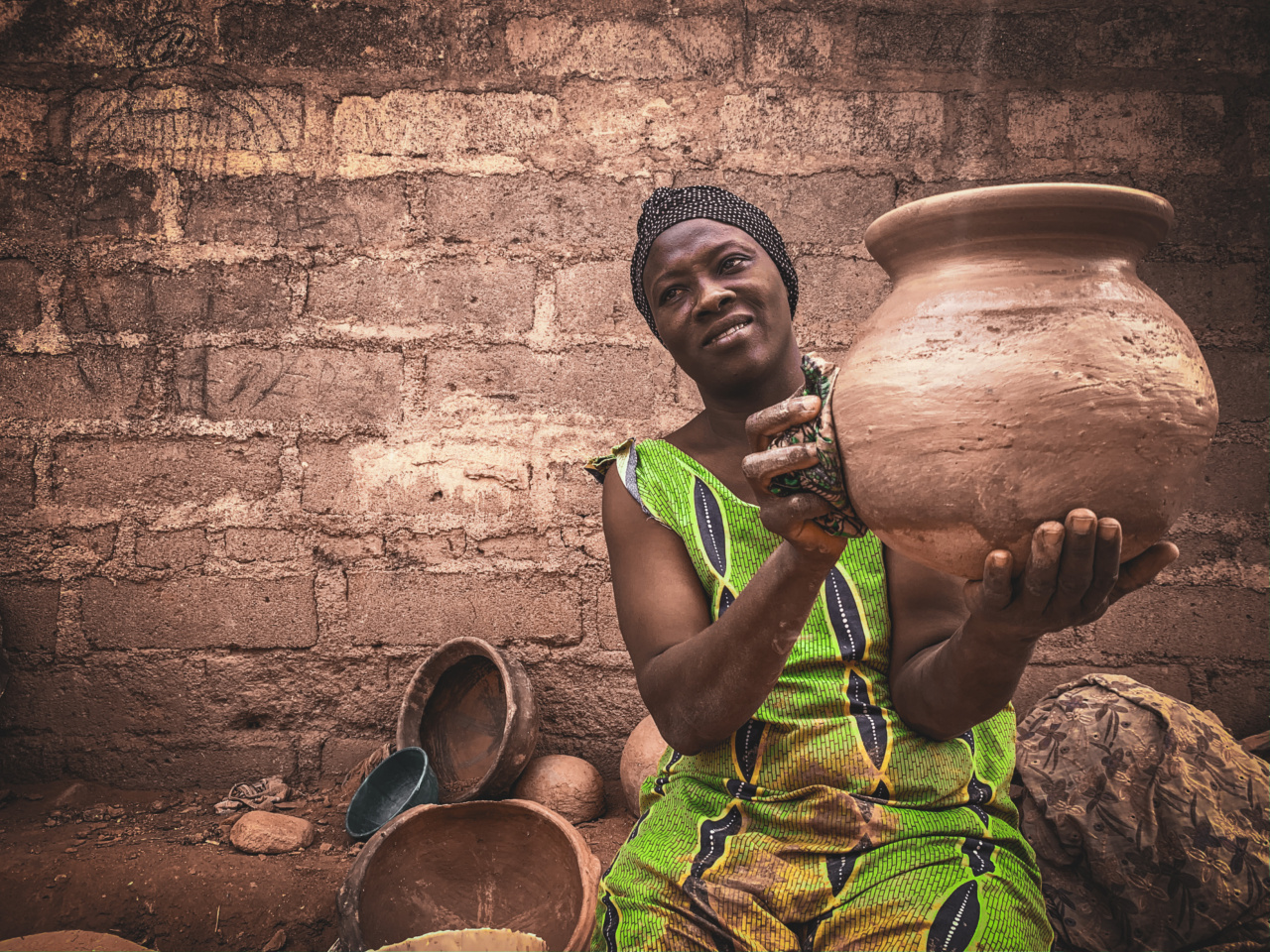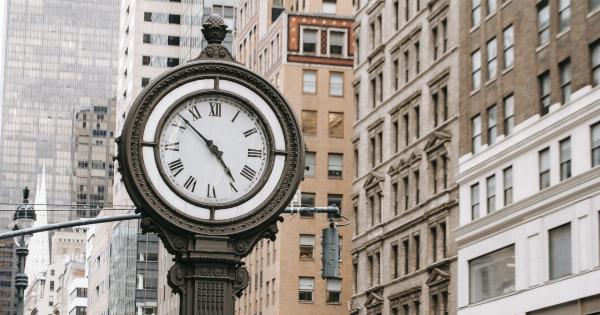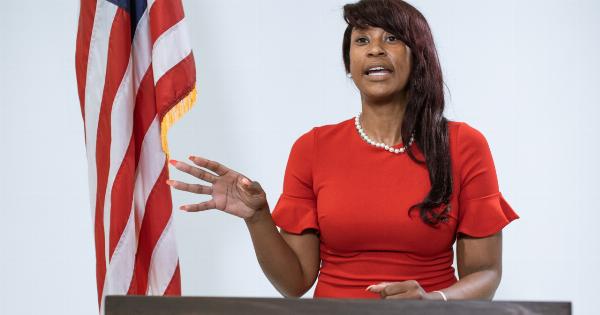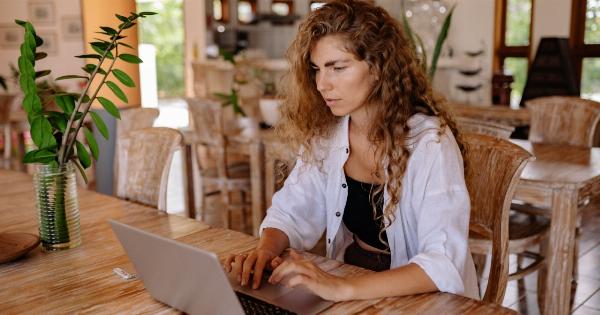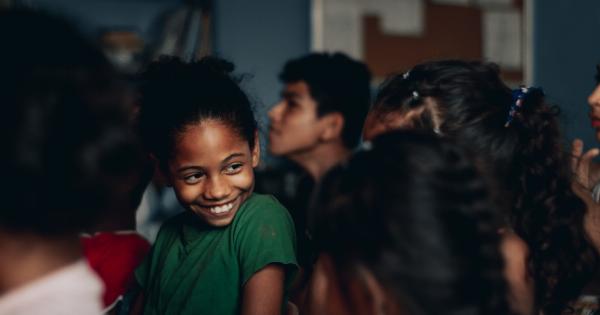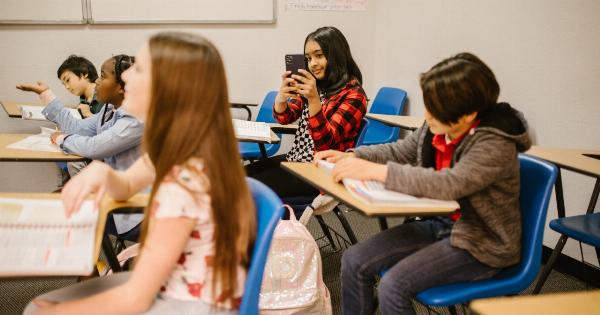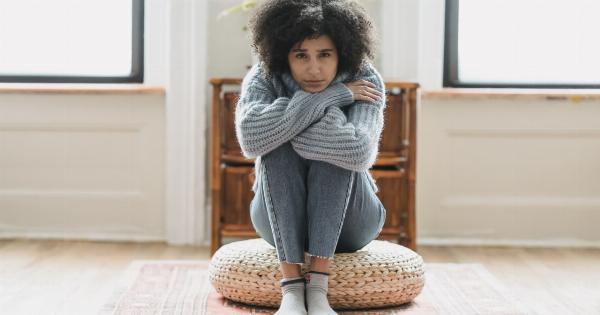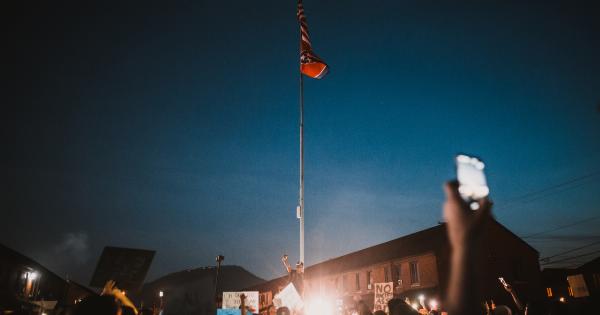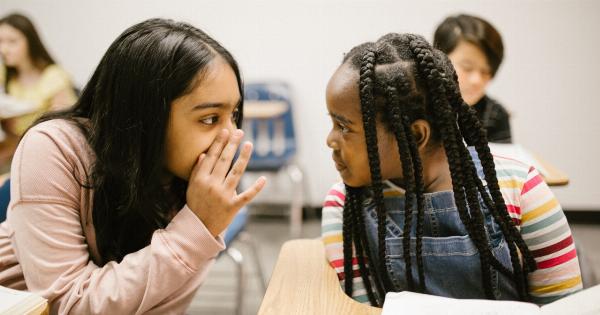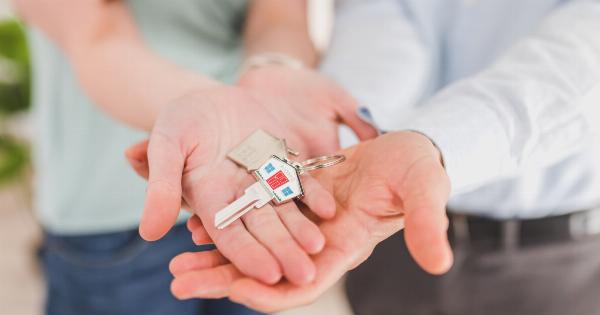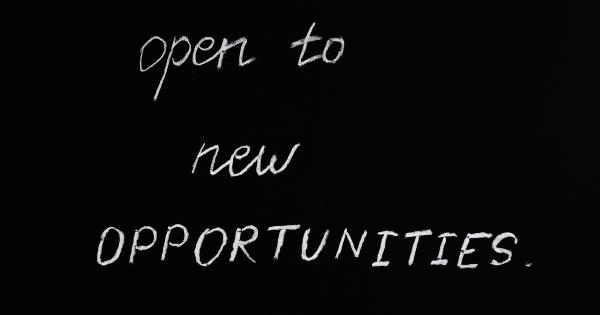In today’s society, more and more people are becoming aware of the need for equality and inclusiveness. However, despite these efforts, social biases continue to exist, and overcoming them presents a significant challenge.
Biases are, in essence, learned attitudes that make people view the world in a particular way. Still, they can be particularly damaging when they lead to negative actions against individuals or groups in society.
To create a more inclusive society, it is essential to identify and acknowledge our biases and take active steps to work towards a more understanding and accepting society.
In this article, we will look at some of the common biases that people hold and suggest ways in which we can overcome them to create a more inclusive environment.
What are biases, and why do they matter?
In psychology, a bias is any inclination or prejudice against or in favor of particular outcomes or groups of people. For example, a person who discriminates against women might be described as having a sexist bias.
Bias can arise from a range of sources, including personal experiences, social conditioning, and cultural teachings.
Biases are a significant problem in society as they can cause individuals to act out in discriminatory and harmful ways.
These attitudes can unfairly advantage some people over others, deny equal opportunities, and disproportionately affect marginalized groups.
The impact of biases on society
The effects of bias can be widespread, leading to social inequalities and disparities.
Bias can cause people to overlook the abilities and talents of others, resulting in missed opportunities, promotion, or recognition in areas like education, employment, housing, and healthcare.
In some cases, bias can lead to situations of abuse and violence, oppression, and outright discrimination, affecting people’s safety, dignity, and wellbeing.
Types of biases
There are several types of biases that people may hold, and it is essential to understand them to identify and address them. Here are some of the most common types of biases:.
Confirmation bias
Confirmation bias is the tendency to pay attention to information that confirms one’s pre-existing beliefs while ignoring or dismissing information that contradicts those beliefs.
For example, a person who believes in conspiracy theories might only read websites that support their views, while ignoring the many reputable sources debunking such conspiracy theories.
Beauty bias
Beauty bias is the tendency to favor physically attractive people over people who do not fit the conventional standards of beauty.
This bias can be observed in the workplace, where attractive people may be more likely to get promoted or receive better treatment than less attractive colleagues.
Gender bias
Gender bias occurs when people favor one gender over another. Stereotypes widely influence gender bias.
For example, women are often portrayed as emotional and not fit to take on leadership roles, while men are viewed as assertive and more qualified to take such positions.
Racial bias
Similarly to gender bias, racial bias occurs when someone favors people of one race or ethnicity over others. Racial biases manifest in various ways, including cultural stereotypes and racial profiling.
Racial bias can lead to social injustices, such as limited employment and networking opportunities, police brutality, and the frequent stops of individuals just based on their race.
Ageism bias
Ageism bias is the tendency to favor or discriminate against someone based on their age. Older adults may encounter ageism bias in settings such as workplace environments, healthcare, and access to social services.
Steps towards a more inclusive society
Acknowledging biases is the first step towards creating a more inclusive society. Once we recognize that every one of us has them, we can take responsibility for our own actions and work to improve ourselves.
Education
Education plays a vital role in reducing biases within society. By educating ourselves about different cultures, lifestyles and philosophies, we can broaden our horizons and gain new perspectives.
Efforts can be made to ensure that children are taught about other cultures from an early age in schools, and teachers should also receive multicultural training to help them better understand and work with diverse groups.
Building relationships
One of the best ways to broaden our perspectives is to build relationships with people who are different from us.
By making an effort to meet people from different cultures and backgrounds, we can understand their beliefs and ways of life, gain new perspectives, and break down barriers.
Challenging our assumptions
It is easy to make assumptions about others based on what we see in the media, but this approach can be very misleading.
Instead, we should take the time to question the assumptions we make about others and actively seek out information and experiences that provide a more nuanced understanding.
Being an active ally
Being an active ally means advocating for marginalized groups actively. For example, if you witness someone making a discriminatory remark, you can call out their behavior and explain why it is wrong.
You can also support policies that aim to promote equality, challenge misinformation and support businesses that prioritize inclusivity.
Conclusion
In conclusion, biases can have a significant impact on society, and it is up to all of us to identify and address our own biases.
We need to work towards creating a more inclusive society by learning about different cultures, building relationships with people who are different from us, challenging our assumptions, and being an active ally to marginalized groups. Only then can we hope to overcome biases and create a society that is truly equitable and just.
